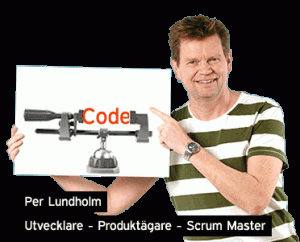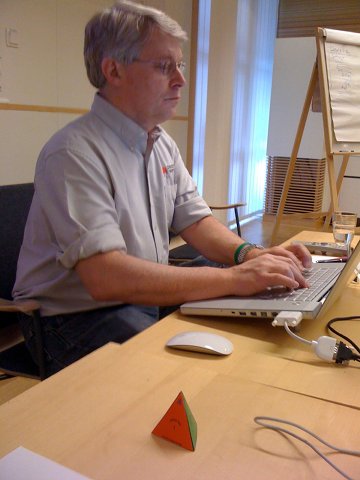What makes the difference between a star developer and a day coder? First of all, with a star developer I don’t mean star as in ”famous”, rather as in ”elite”. And, a day coder is OK to be, no disrespect here. We need you as much as we need the elite.
My point here is that if you wish to hire a real star, you need to know what to look for.




















